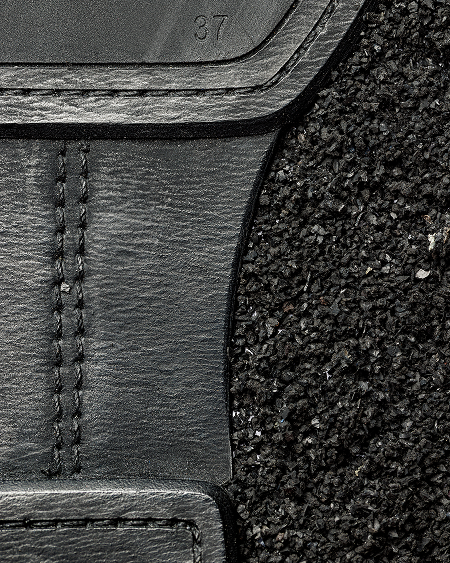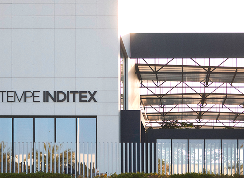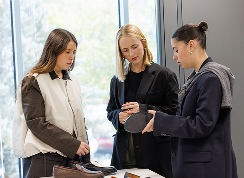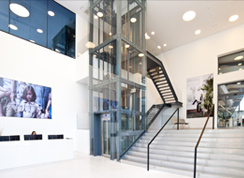At Tempe, we never forget our roots. The entrepreneurial and non-conformist spirit that drove us with our very first ZARA KIDS collection still guides us today—pushing us to innovate in design, enhance the quality and comfort of our products, and optimize the efficiency of our processes.
1989–90
Tempe is born
We launched the first ZARA KIDS collection, laying the foundation for what we are today.
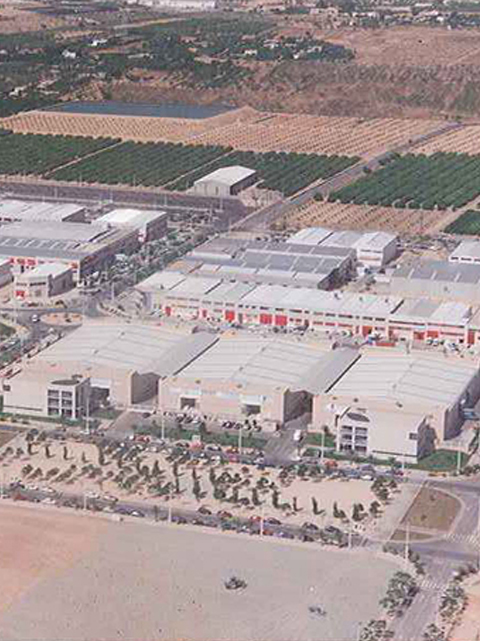
1991–2003
Brand integration
We gradually incorporated footwear collections for the rest of the Inditex Group brands.
2004
First Logistics Center
We established a logistics center of over 25,000 m² to distribute to all our Group’s stores.
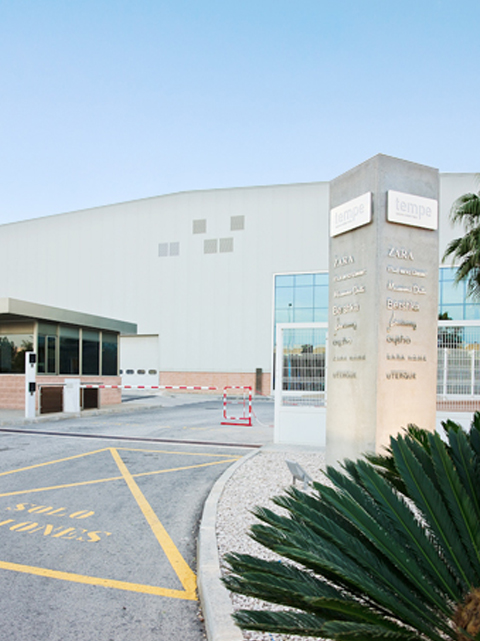
2006
International Platforms
We strengthened relationships with our suppliers by moving closer to our main production hubs.
2007
First Handbag Collection
We took on the challenge of creating Zara’s handbag collection and, progressively, those of the other brands.
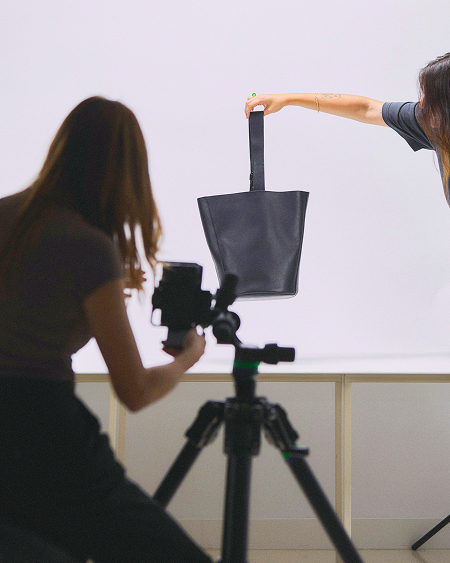
2010
.com
Our brands entered the world of e-commerce with online spaces that set the standard in image and innovation.
2011
New Automated Logistics Centre
We built a new automated logistics centre in Elche (Alicante), covering 105,000 m², to support the company’s continued global growth.
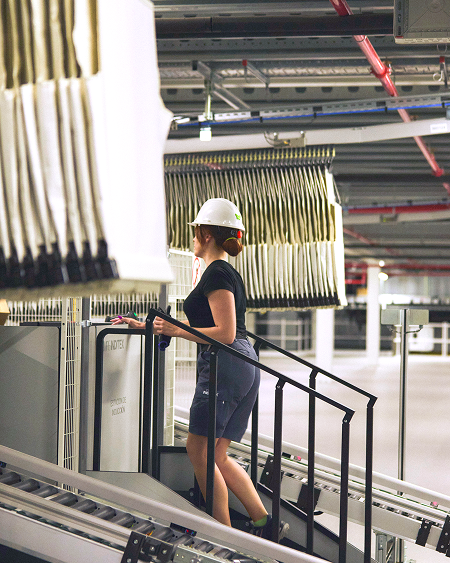
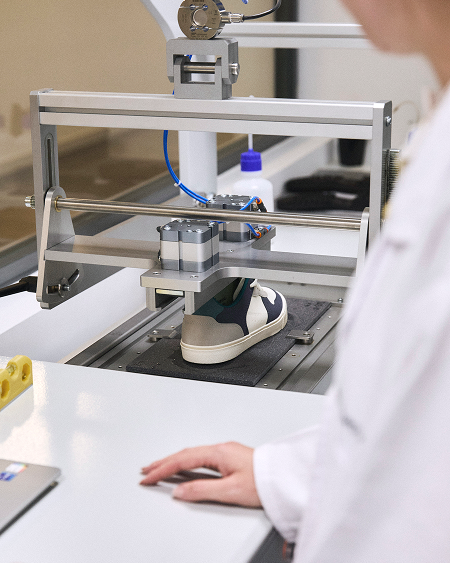
2014
Physical and Chemical Testing Lab
We boosted innovation in quality and comfort by developing our own in-house physical and chemical testing lab.
2019
Technology & Innovation Lab
We took a leap in innovation with our technology lab, where we explore emerging technologies, new business solutions, and immersive experiences.

2021
PRIMERA ZONA SHOES & BAGS DE ZARA
Nueva experiencia de compra que reúne la colección de calzado y bolsos en un espacio exclusivo, con atención personalizada y experta.
2023
Sustainability Commitments
Inditex set out its key action lines to continue building a more sustainable value chain and reduce emissions by over 50% by 2030, with the goal of reaching net zero emissions by 2040 through at least a 90% reduction.
